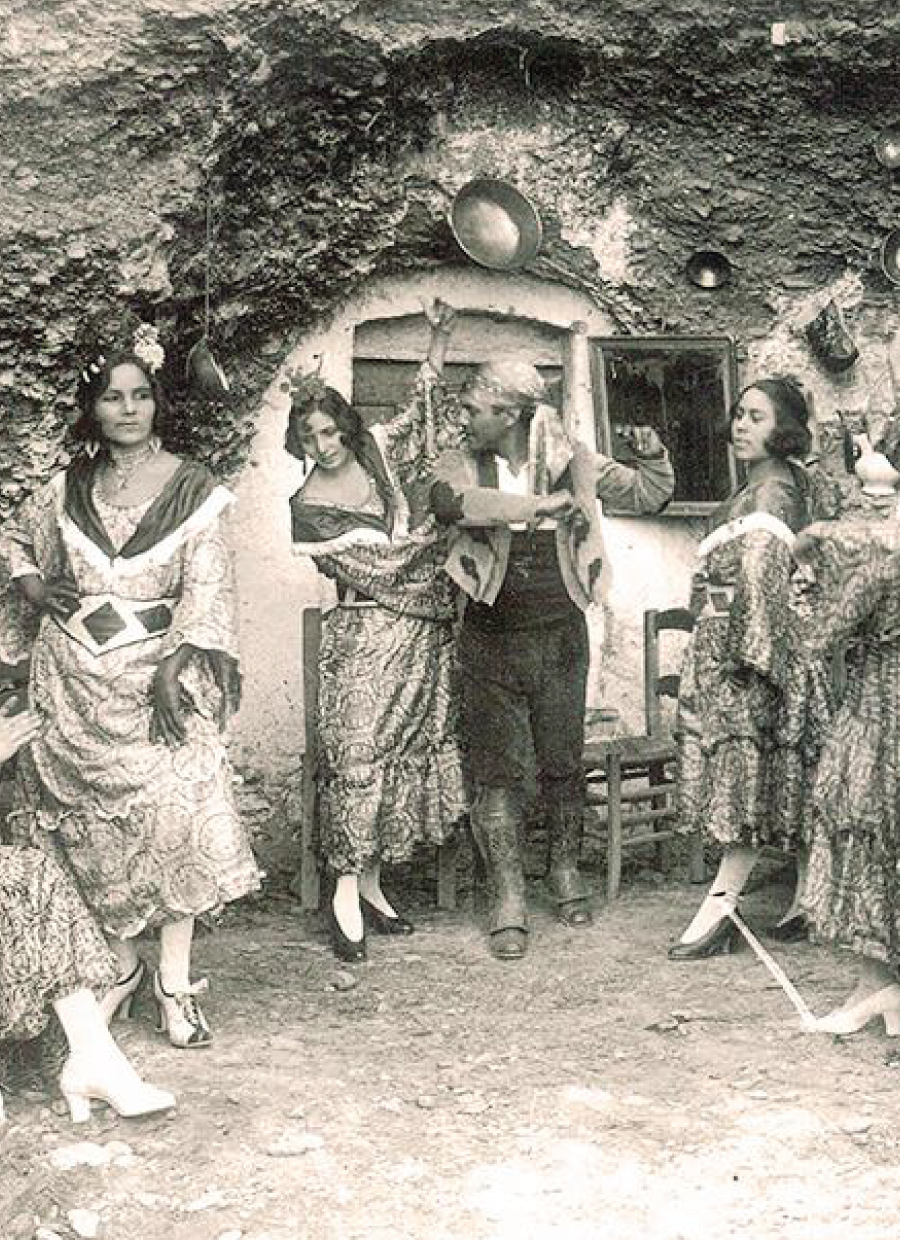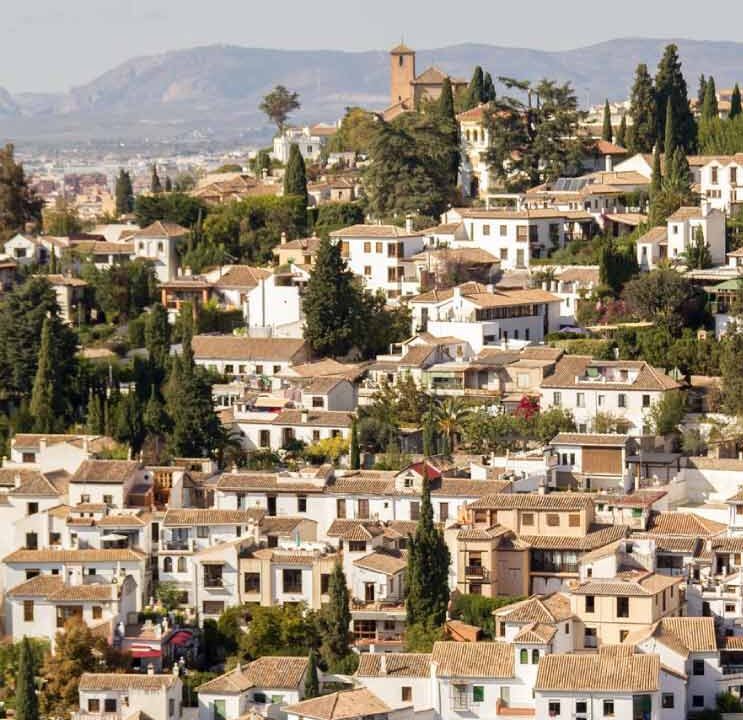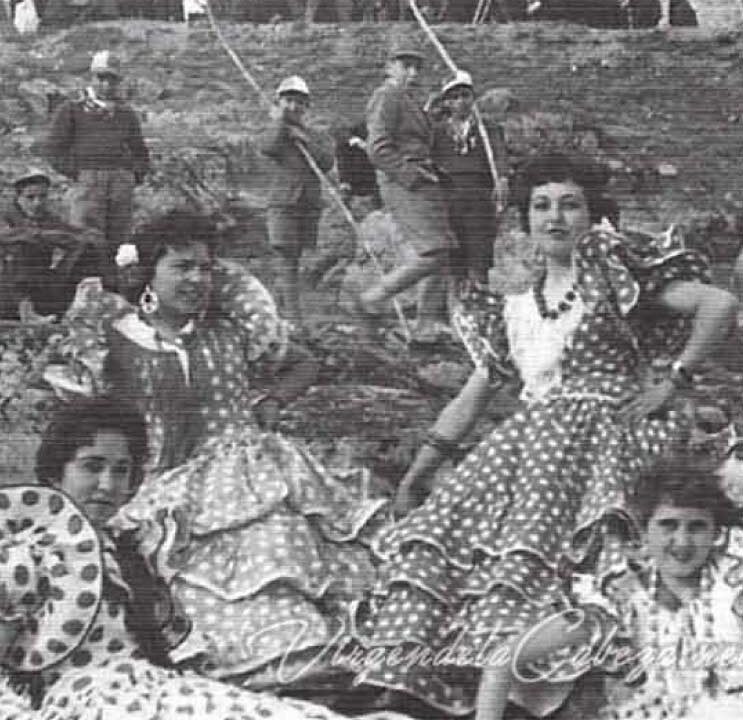
History of flamenco in Granada
December 15, 2021
Federico García Lorca and flamenco.
March 1, 2022Learn the origin of the flamenco dances and songs of Granada
The zambra gitana is a typical flamenco dance of the Sacromonte of Granada. Its origin, like much of flamenco, is somewhat uncertain. The most accepted theory refers to a crossbreeding of Moorish dances with dances of the gypsies, who incorporated them into their wedding celebrations.
As for the terminology, it seems to derive from the terms 'zamra', meaning flute, or 'zamara', meaning musicians.
The term zambra is already mentioned in the XVII and XVIII centuries, together with other styles such as fandangos, zarabanda or zapateado. These dances belonged to the private life of the gypsies, but in the second half of the XVIII century, they took it to the caves of Sacromonte as a show with a touristic character, for those romantic travelers who were looking for the exotic and picturesque.
The gypsy weddings had three main dances: the cachucha, the alboreá and the mosca, along with others such as the tangos or the fandangos del Albaicín, which completed the scenography. It is worth mentioning that they danced barefoot, with a blouse tied under the chest and a long skirt with a flounce.

Originally, according to Curro Albaicín, one of the most consecrated figures of Sacromonte flamenco and one of the people who has been most concerned with documenting and preserving the history of the picturesque neighborhood, the zambras began with some tangos and then came the 'alboreá'. Afterwards, the 'tango de la flor' was the moment in which the bride introduced herself to the attendees. Afterwards, the dance of the older women and the 'forgiveness of the bride'. The zambra continues with the fandangos del albaicín and the dance of Petaco to finish with the dance of La Mosca.
The Alboreá:
Also called, 'arbolá' and 'albolá', it is a flamenco palo that the gypsies of Andalusia play at their weddings. With stanzas of four verses, the meter is interpreted over that of a light soleá or bulerías por soleá.
La Cachucha:
Also called 'the bride's forgiveness', it is usually danced by two women. Among its steps stands out one in which one of them kneels, as a representation of the moment in which the bridegroom asks forgiveness to the bride's parents for the abduction of their daughter. The couples dance this dance around the bride and groom. The lyrics say nothing of the matter in question, and it is still uncertain why these Cadiz dances were adapted to the gypsy zambras of Granada.
La Mosca:
It is the final part of the wedding. The most racy and spicy part performed by at least half a dozen gypsy women forming a corro and spinning at high speed, and including in the dance the girls or the old ladies of the celebration while shouting at the same time: Mosca, Mosca, Mosca, Mosca!
These regional dances, which are preserved and protected in Granada's Sacromonte, were proposed by the Granada City Council in 2019 to be declared Intangible Heritage of Humanity by UNESCO.




